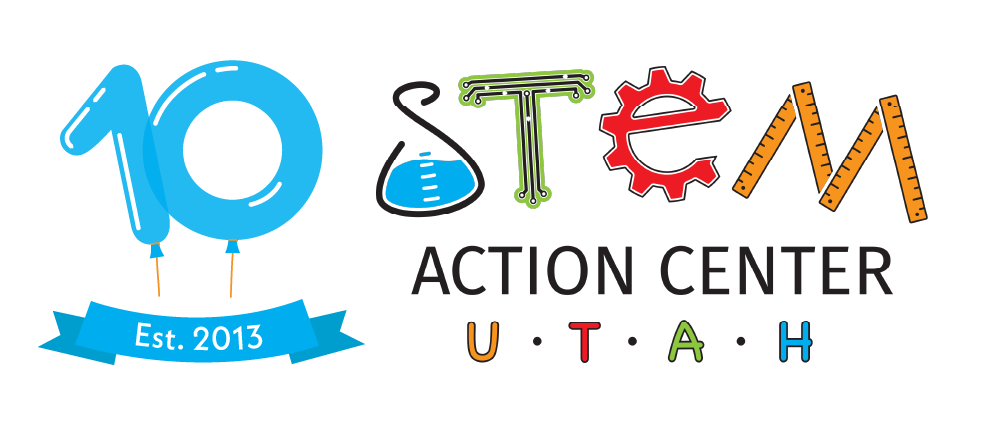April 15, 2022 (Salt Lake City, UT) – In episode 5 of “How’d You Think of That?”, the STEM Action Center’s new podcast, host Dr. Temple Grandin speaks with Maya Ajmera, the President and CEO of Society for Science and Publisher of its award-winning magazine, Science News. Founded in 1921, the Society works to promote the understanding and appreciation of science and the vital role it plays in human advancement. The Society is best known for its world-class science competitions, including the Regeneron Science Talent Search, Regeneron International Science and Engineering Fair and Broadcom MASTERS. Maya is also the Founder of The Global Fund for Children (GFC), a nonprofit organization that invests in innovative, community-based organizations working with some of the world’s most vulnerable children and youth. Maya is the recipient of the 2020 National Science Board Public Service Award, recognized for her tremendous contribution to increasing the public’s understanding of STEM.
In this episode, Ajmera speaks about her career journey, love of science and inspiration that keeps her going. She also talks about the Regeneron Science Talent Search (STS), a program of the Society for Science, and the oldest and most prestigious science and mathematics competition for high school seniors. More than 1,804 applications were received from 603 high schools across 46 states, Washington, D.C., Puerto Rico and eight other countries. More than $1.8 million was awarded to the finalists, who were evaluated based on their projects’ scientific rigor, their exceptional problem-solving abilities and their potential to become scientific leaders. Here’s a look at the winners:
- Christine Ye of Sammamish, Wash. won first place and $250,000 for her project, which analyzed the gravitational waves emitted from huge collisions between neutron stars (collapsed super-dense stars) and black holes. By analyzing data gathered at the Laser Interferometer Gravitational-wave Observatory (LIGO), where scientists use data from these waves to measure astronomical objects, she set a novel precedent for modeling rapidly-rotating neutron stars; showing that a quickly spinning neutron star could be extra massive, but still smaller than a black hole.
- Victor Cai from Orefield, Pa. won second place. He won $175,000 for his creation of a short-range, narrow-bandwidth radar that calculates distance by transmitting two signals at different frequencies and then measuring the phase difference between them. Victor’s research could help pave the way for more self-driving vehicles on the road with less concern over bandwidth.
- Amber Luo of Stony Brook, N.Y., won third place and $150,000 for developing a software, RiboBayes, that identifies key regions known as “ribosome pause sites” along a cell’s mRNA transcripts that regulate protein synthesis. RiboBayes enables researchers to gain a more complete view of the mechanisms underlying a wide range of diseases, such as Alzheimer’s disease and cancers.”
The podcast is produced and co-hosted by Sheri Quinn, a longtime award-winning journalist. Quinn founded the Utah science radio show SQ Radio, and KIAN, the first science show on community radio in Salt Lake City. The podcast is supported by contributor Rosalie Winard, an award-winning photojournalist, artist, and lecturer. Julienne Bailey with the Utah STEM Action Center produces and distributes the podcast.
“How’d You Think of That?” is based upon work supported by the National Science Foundation under Grant No. (NSF 1745674). It can be found wherever you stream your podcasts or at stem.utah.gov/podcast. A new episode will be released every other Friday until the first series concludes. Episodes are 30 minutes on average.

